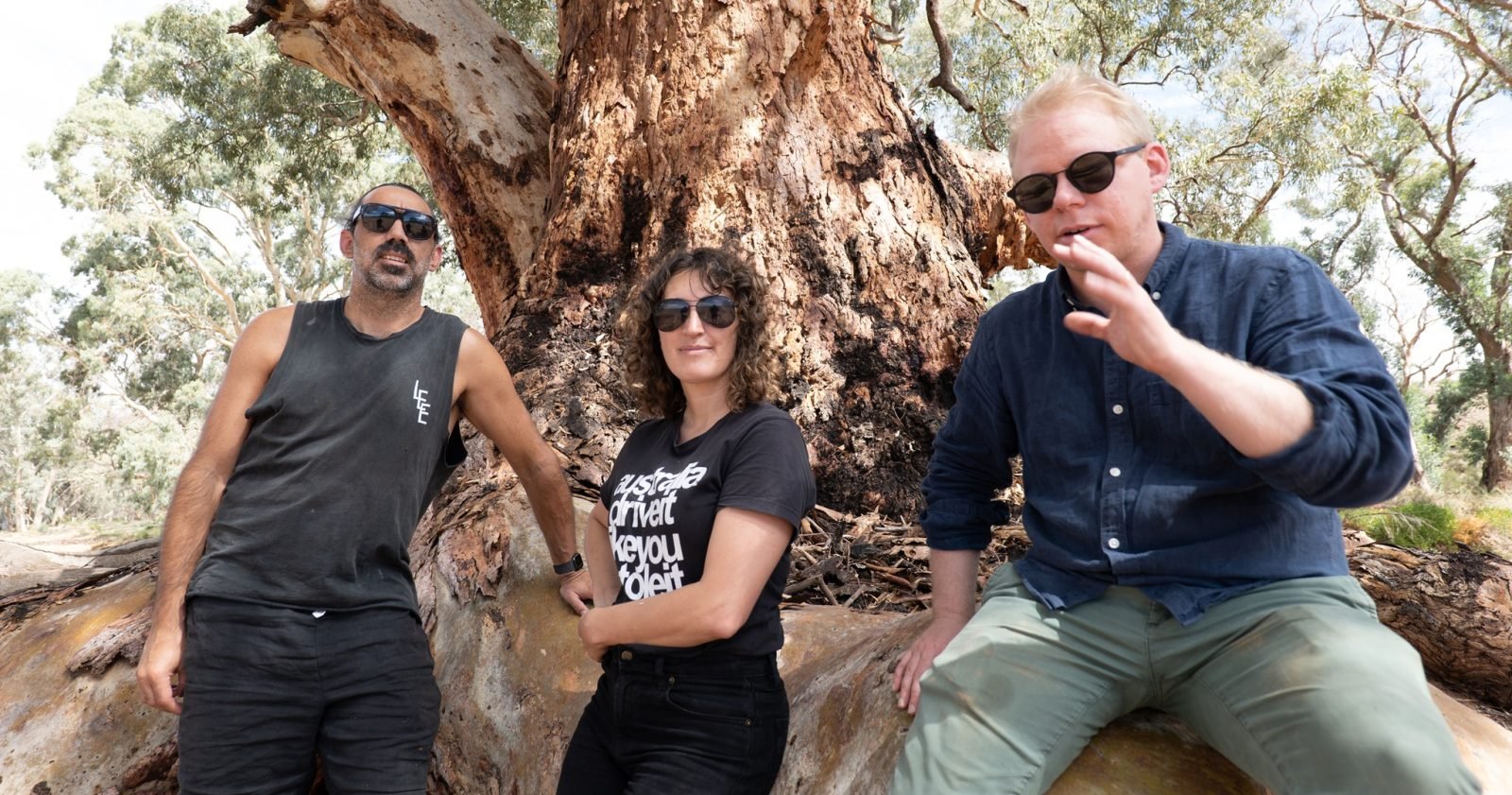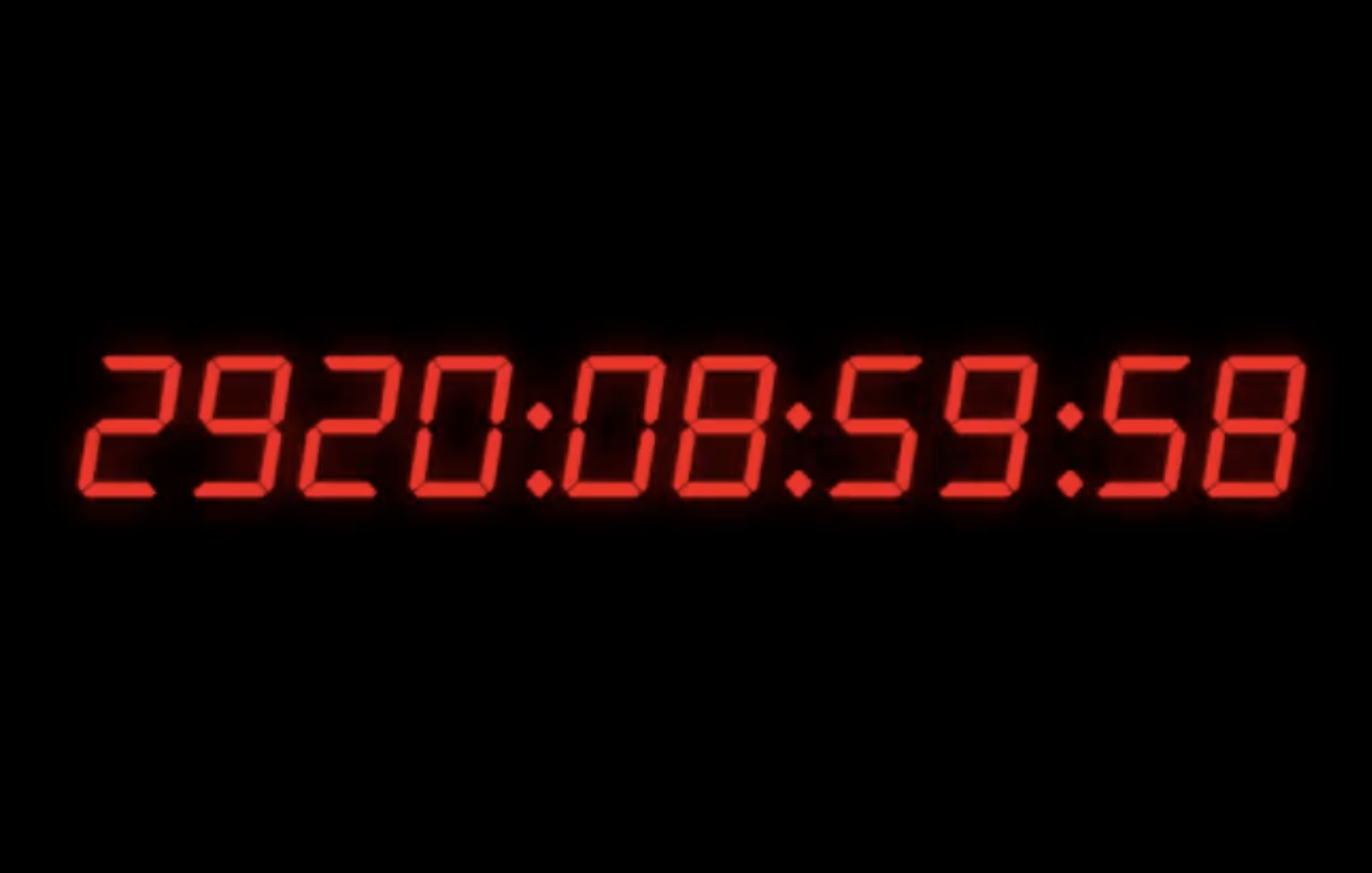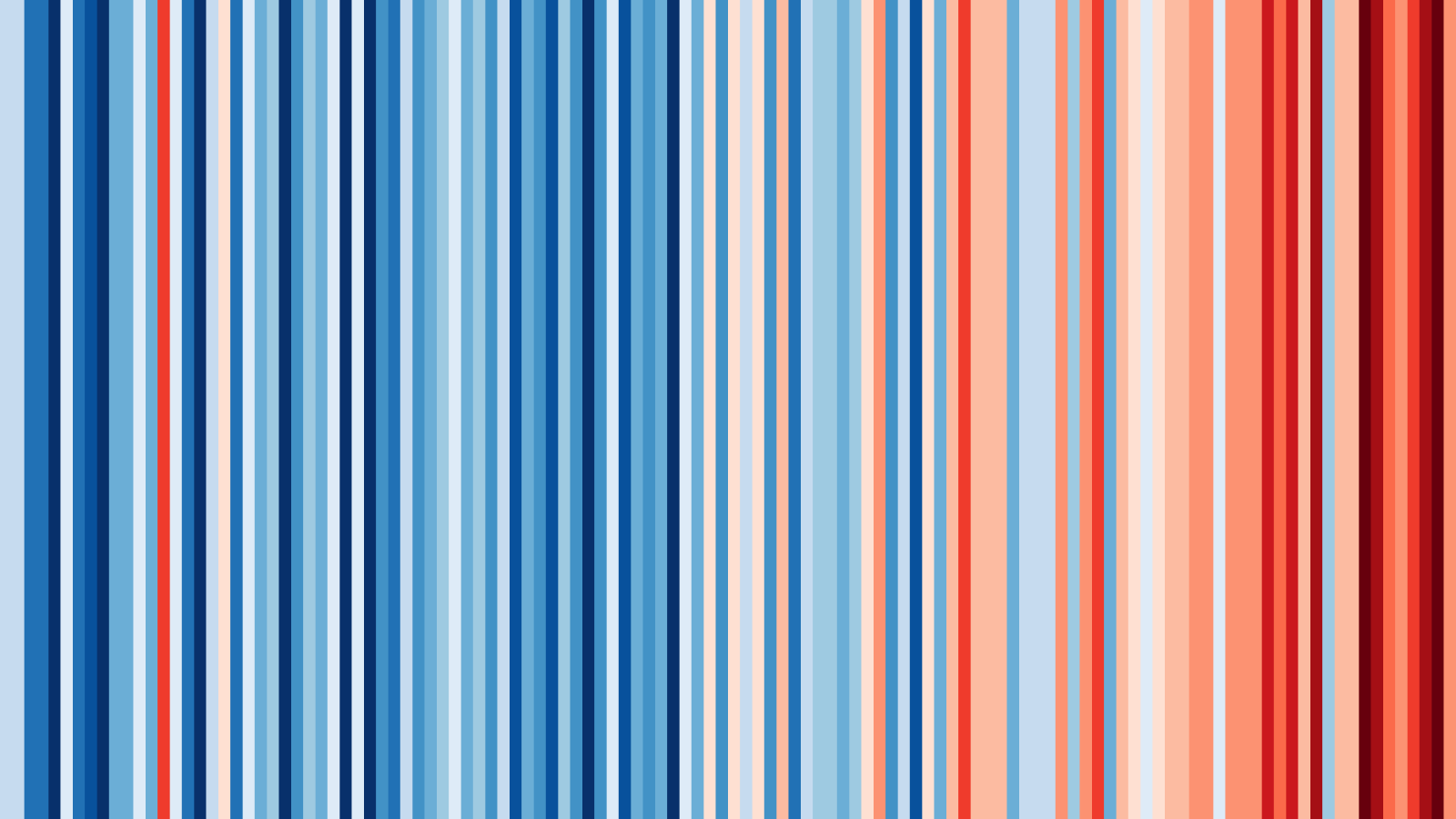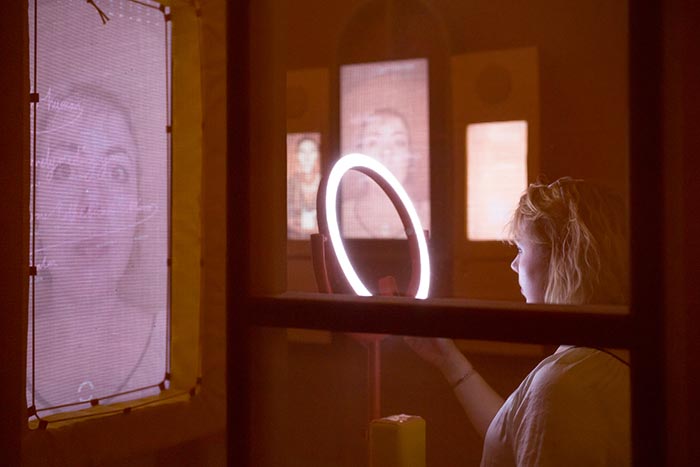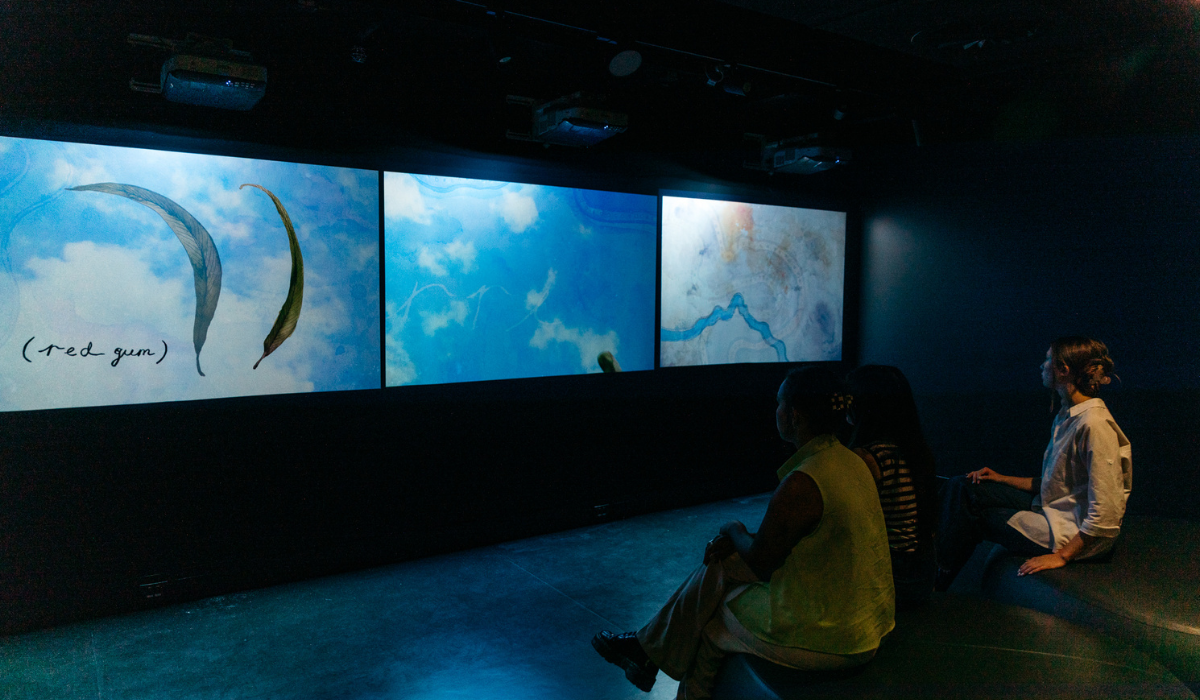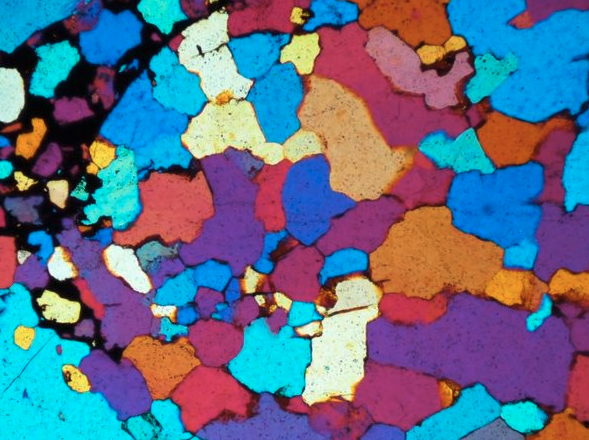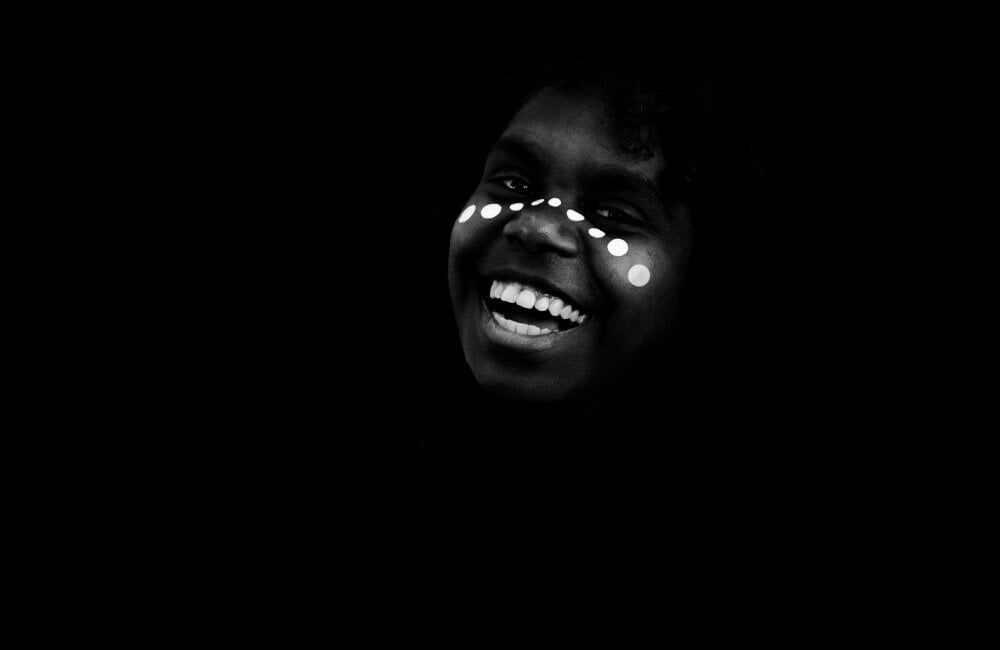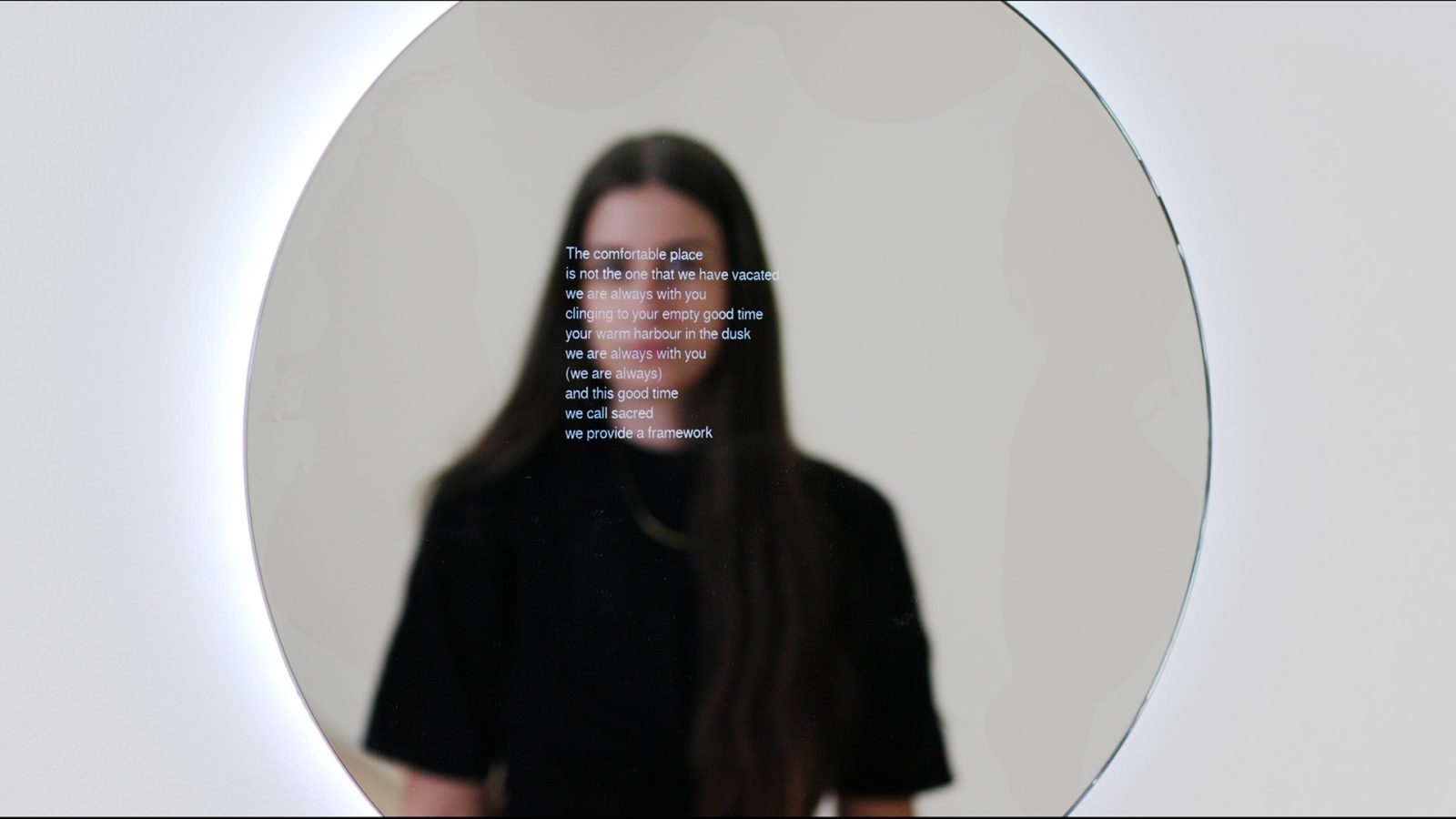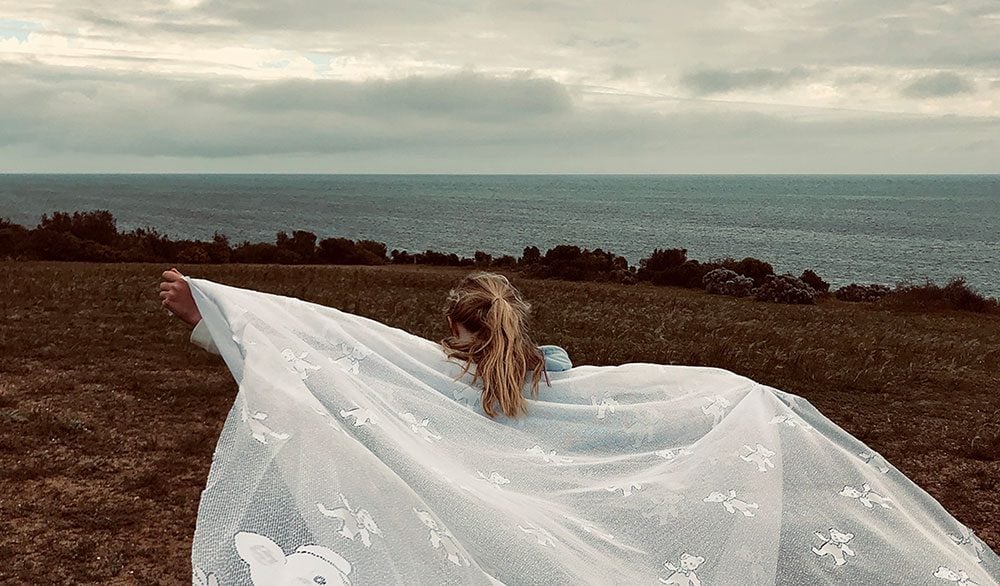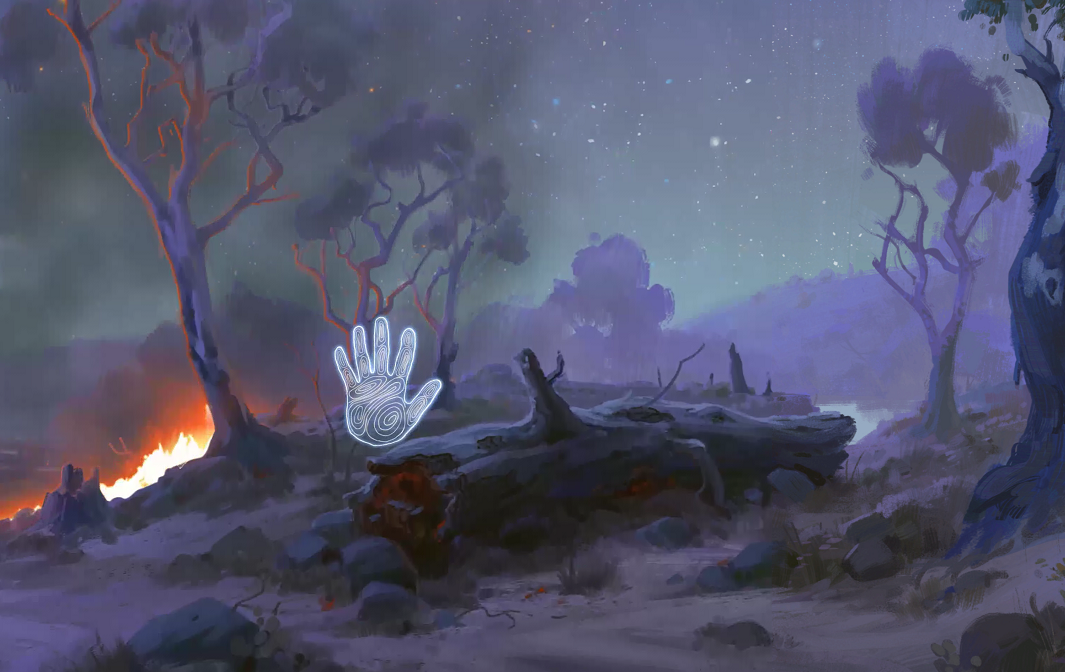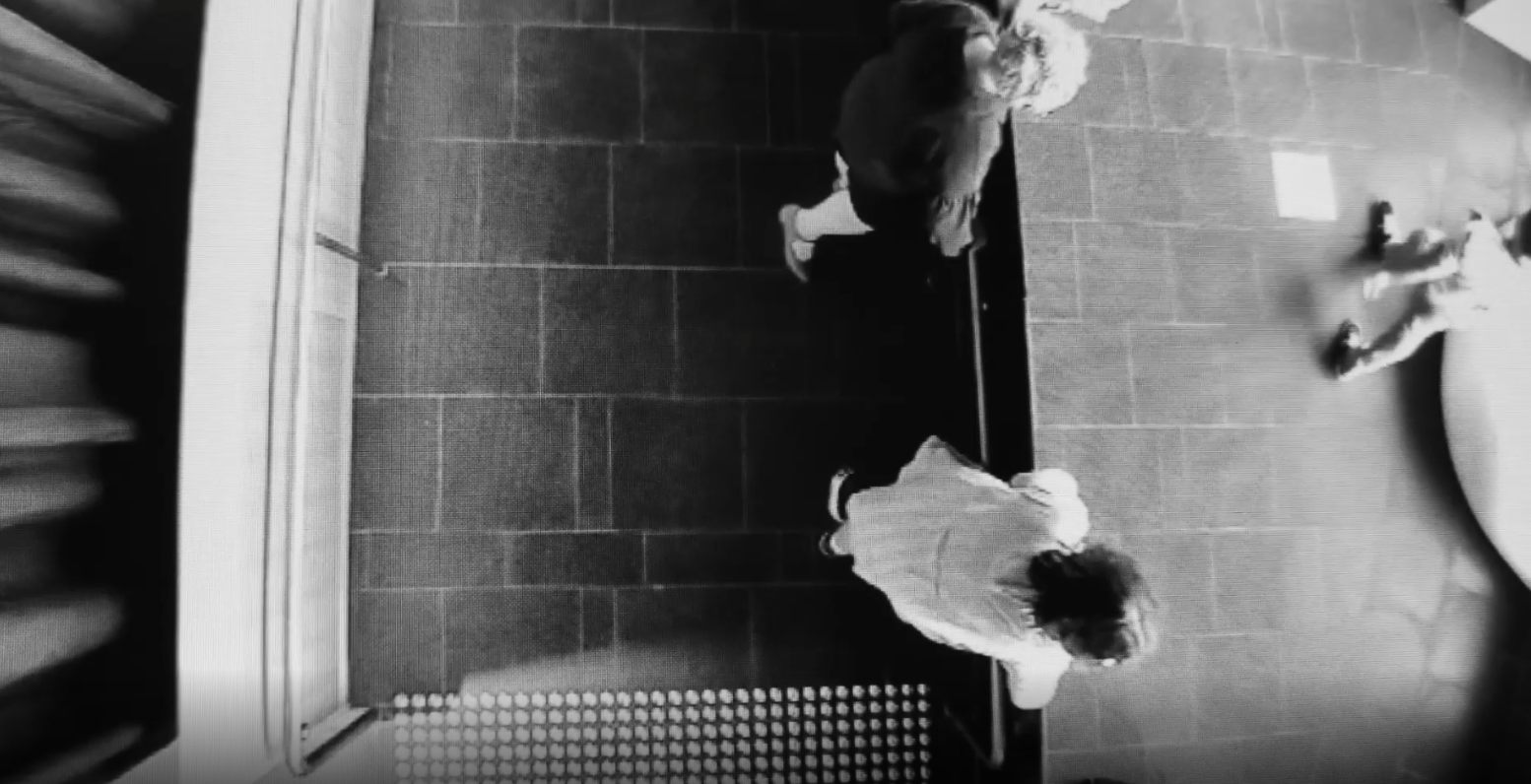
Exhibit Details
Open FebNov 2022
- In Brief
- Want More?
- Accessible Resources
We’ve been watching you today, tracking where you went and what you did. You’ve unknowingly been participating in an experiment.
This secret data collection happens everywhere. When you browse in a shop or walk down a street, someone is capturing the data you’re making. It’s not about you, it’s about the behaviour of thousands. This data is used to sell products and improve efficiency.
How do you benefit?
This secret data collection is known in marketing science as visitor tracking. It measures how people move through physical spaces. This research tells us about navigation, where people interact, and which spaces they linger in. Organisations can use this to better design and resource their spaces, making it easier and more enjoyable for their visitors. Recently, visitor tracking has also been used across retail and event settings to manage COVID-19 restrictions by keeping track of numbers and density.
Visitor tracking research is conducted with technologies you likely encounter every day but don’t notice. These range from scanners or cameras on the roof and units mounted to the side of a doorway or pillar counting people walking past, to sensors counting mobile phones in the vicinity. This is a growing but relatively new research area because of the application of technologies that have only recently become available.
We are using multiple visitor tracking methods in use throughout this exhibition. The research we are doing compares the outputs from the different technologies and their validity, reliability, and ease of use in a public gallery setting. The findings will be used by MOD. to better understand how their different spaces are interacted with by visitors and further enhance the visitor experience.
When you enter MOD., look up and around; you can see the equipment being used to count people as they pass through different areas. This research is about the movement of people, so everyone is only represented in final data as a ‘1’ or a dot on a map. This means you can participate in this research with the assurance that your identity will remain anonymous.
Full Human Ethics clearance has been given for this research by the University of South Australia (Protocol number #203890). If you have any questions or concerns, please contact the lead researcher for this project (Stanley Feetham: Stanley.Feetham@marketingscience.info).
— Stanley Feetham
Discover More
Read:
Footage is constantly streaming on this screen. It is grainy, black and white CCTV footage that is recorded from bird’s eye view. Some shots are of people standing in a room. Some are of people using hand sanitiser. Some include clues of where it could be filming: metal tactile markers, a familiar gallery. This footage is all taken in MOD. as part of research.
This footage changes over time. What else is being recorded?
Credits
- Stanley Feetham Research

